Water & Wastewater Treatment
Accurate, maintenance-free measurement for raw water, sewage, and sludge using non-obstructive design and stable readings under variable conductivity.
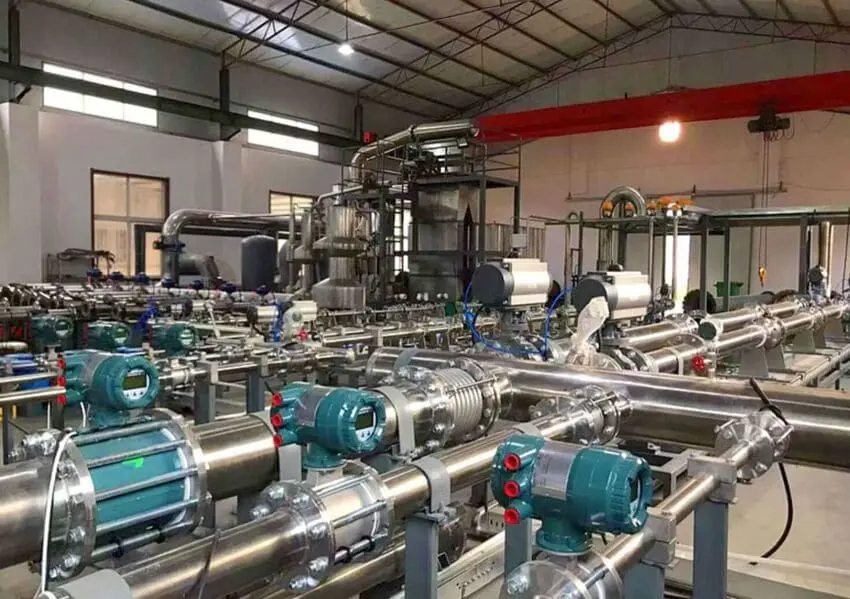
Achieve up to ±0.2% accuracy and repeatable stability, maintaining consistent readings, drift-free performance even under fluctuating flow, pressure, or temperature conditions.
With a full-bore, obstruction-free design, the meter introduces no pressure drop, enabling continuous, maintenance-free measurement and lower operating costs
Handles flow rates with up to a 1500:1 turndown ratio, and supports 4–20 mA, pulse, RS485, Modbus, and HART communication for seamless system integration.
Built-in alarms detect empty pipes, signal faults, and flow limits, providing instant feedback and preventing costly process interruptions.
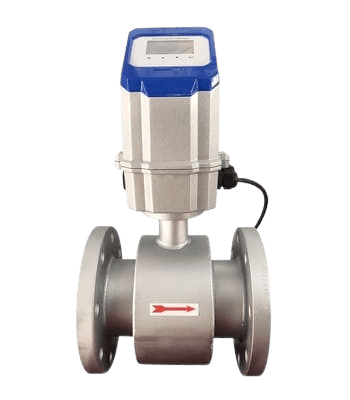

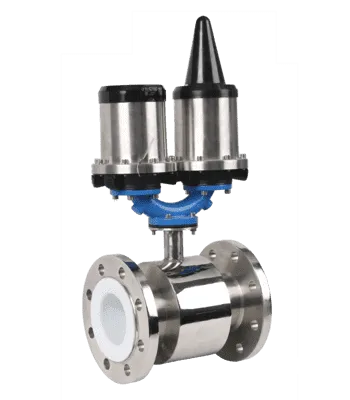
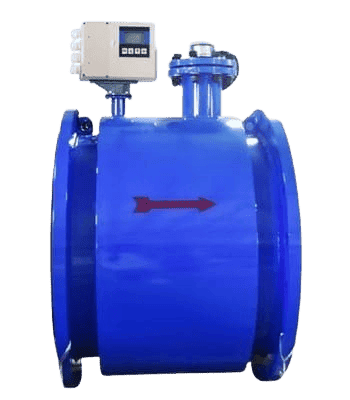

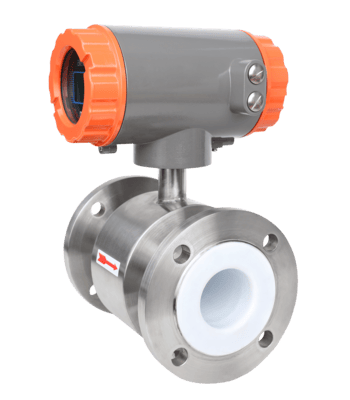


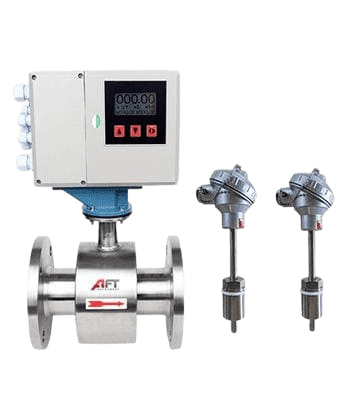

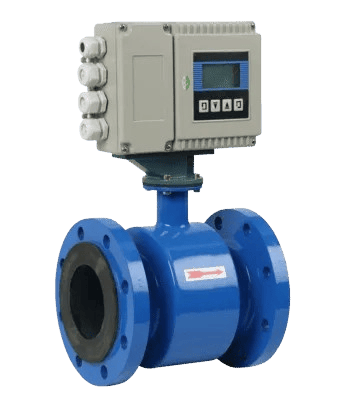

Proven Across Diverse Industrial Environments
From municipal water treatment to abrasive mining slurries, our electromagnetic flow meters are trusted by enterprise users to deliver reliable data in the most challenging environments, and ensures that every flow measurement is a foundation for control, safety, and efficiency.



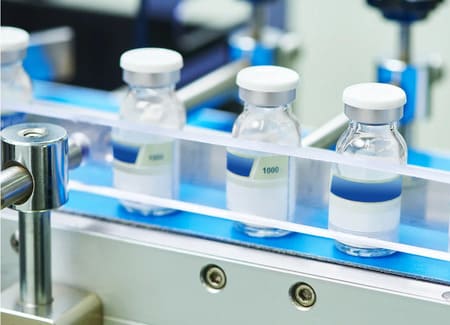


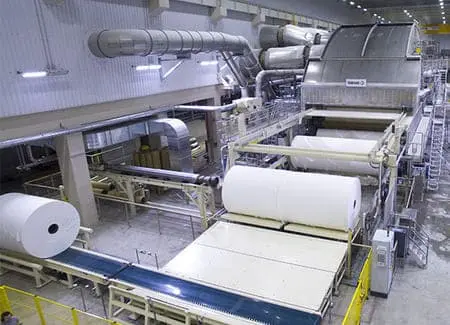

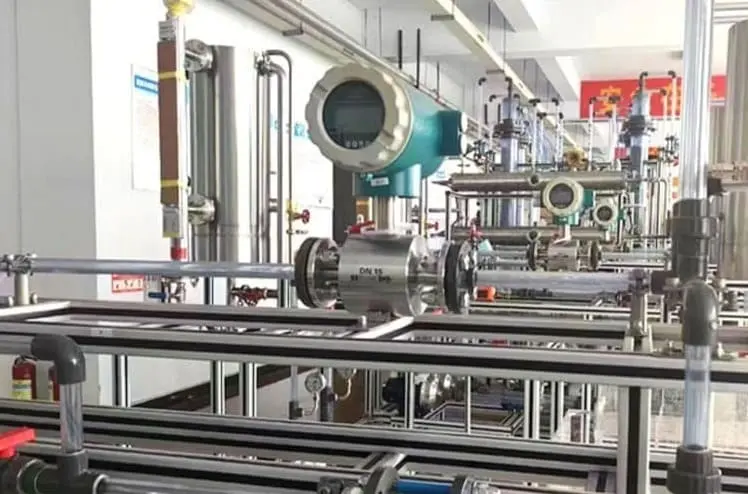

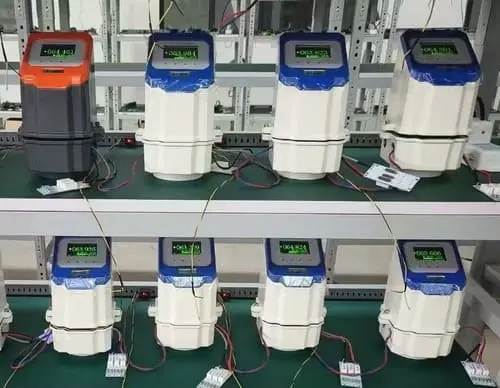
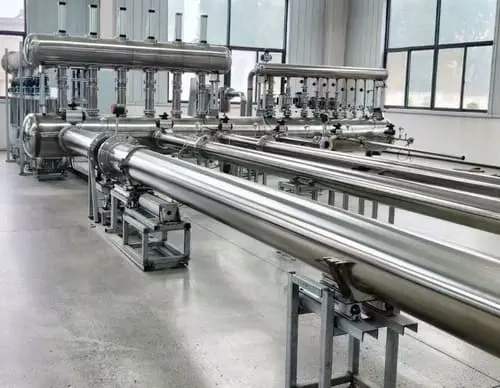

Precision Flow Measurement Starts Here
Certified Quality, Trusted Performance
Our flowmeters undergo comprehensive verification under recognized global standards. With SIL-3 safety, CE conformity, and explosion-proof certification, each unit delivers dependable performance and lasting operational integrity in demanding process conditions.








Your Reliable Partner in Flow Measurement
Built on engineering depth, verified precision, and proven reliability — AFT delivers flow measurement you can trust in every application.